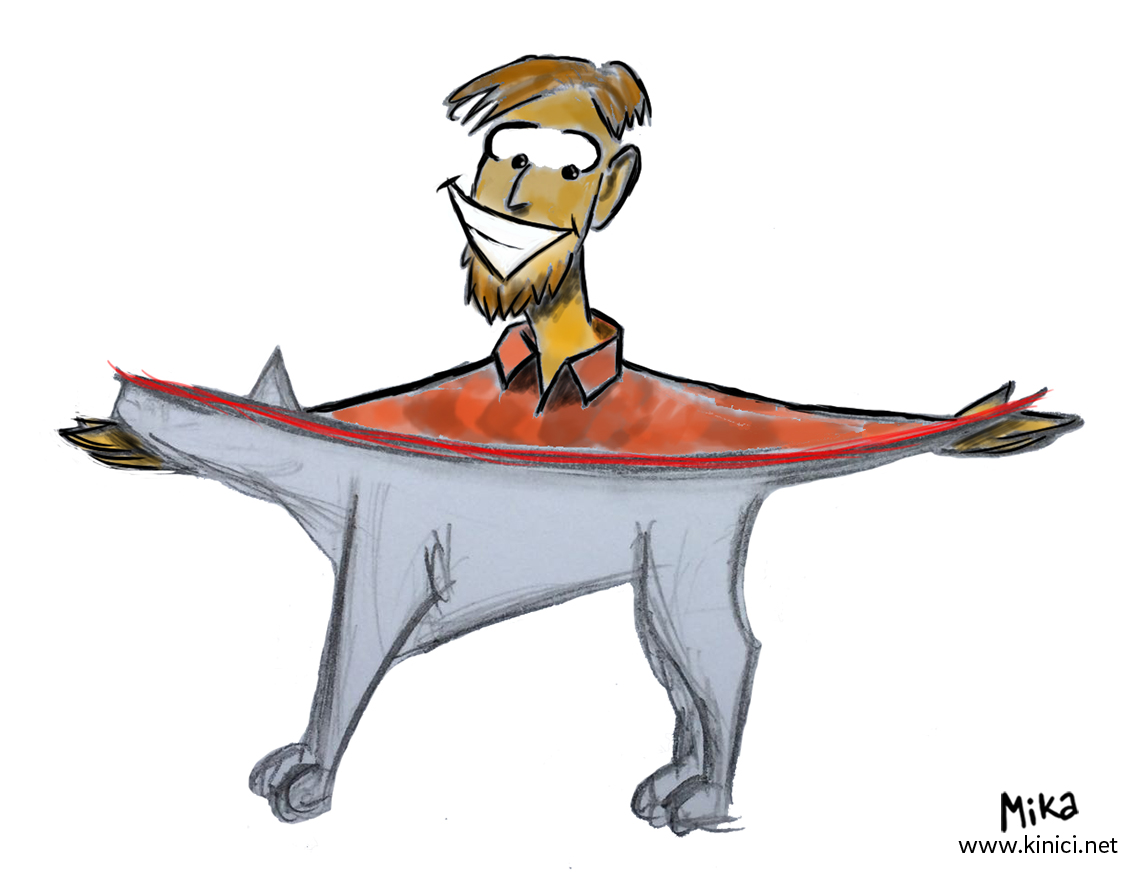The first official dog show was held in England in 1859. In those days there were significant differences in size, shape and colour of dogs within specific breed. Last 150 years, the period in which dog shows are being put on, led to standardization of breeds; but also the change in appearance and features of certain breeds, and thereby the change in standards based on newly established demands. Every domestic dog within one species looks very much alike since dog show standards demand that. This can be very harmful because specimens lose individual traits in such way, and it also leads to inheriting certain flaws. Besides this, there are additional interventions being done to certain breeds, such as tail docking and ear cropping.
A very graphic example for dog show standards, how far they can go and how cruel they can be, is two recently distinguished types of Norwich Terriers: a type with pendulous and a type with pointed ears. Exhibitors began taking this distinctions as tremendously important so they mated flopped ear dogs to get more flopped ear dogs and pointy ear dogs to get more pointy ear dogs. The type with pointy ears kept the Norwich Terrier name, whereas the type with flopped ears got a new name and breed – Norfolk Terrier.

At dog shows, dogs are being evaluated only based on their appearance: the quality of the hair, the colour of the hair, posture, ear and tail positioning, height, weight, body proportion, teeth; all of this determines total worth of a dog. The role of a judge is crucial. The highest mark is given to a dog that represents a perfect specimen of its breed, in other words, that answers the standards the most. A dog with inadequate or bad marks will be excluded from reproduction – it will not be regarded as an adequate mate.
The purpose of grading, as well as granting certificates and titles, is to preserve breed standards. This is why breeders tend to mate only the best specimens, both males and females, in order to get even better specimens – from human point of view of course, not nature.
Lineage, commonly known by English word pedigree, is main document of any show dog. It contains dog's name, the name of the breeding kennel, the name of the breed, sex, date of birth, colour and markings, the name of the breeder and owner, show marks and titles won. Important part of the lineage is information about predecessors and how much they were successful in getting marks and winning certificates and titles. Everything that does not concern dogs at all.
